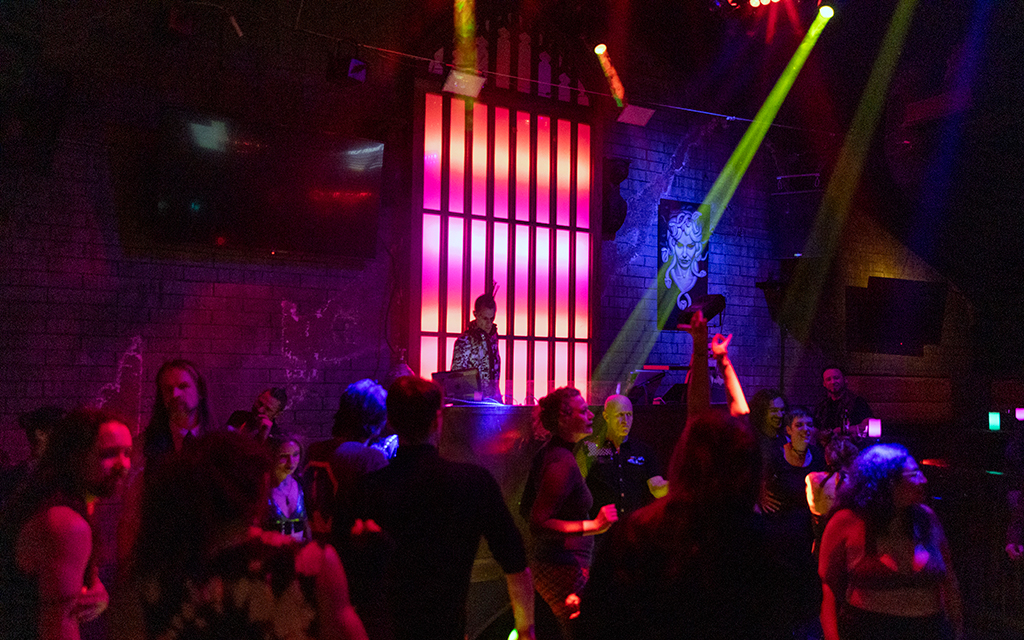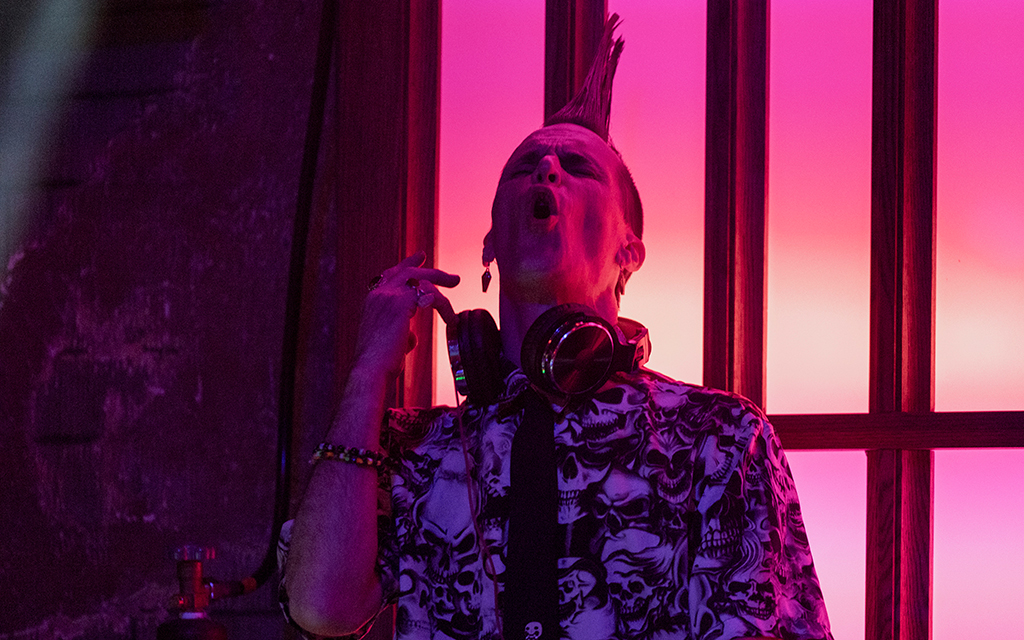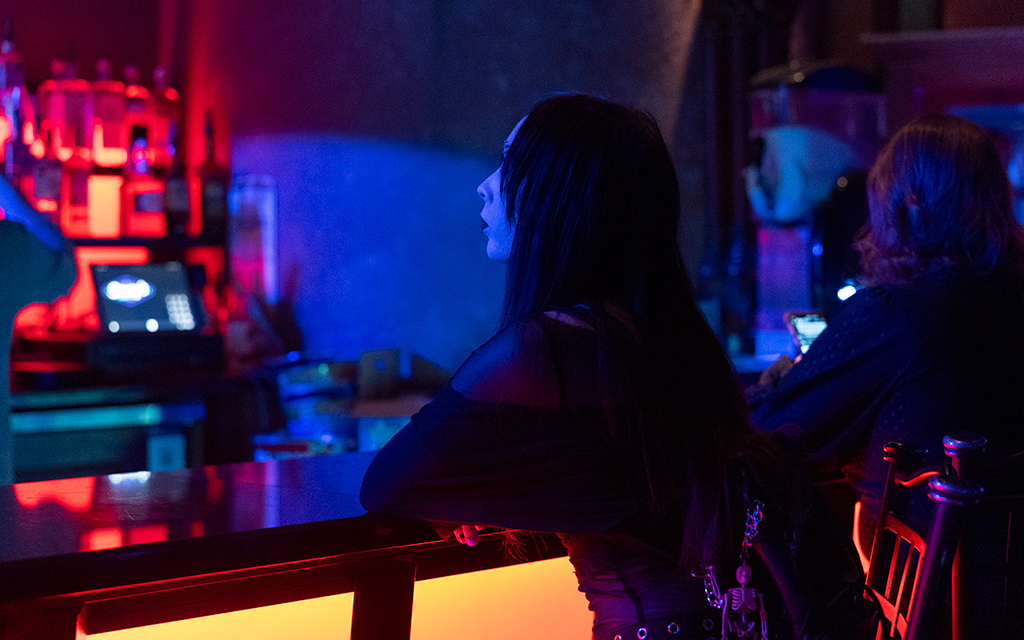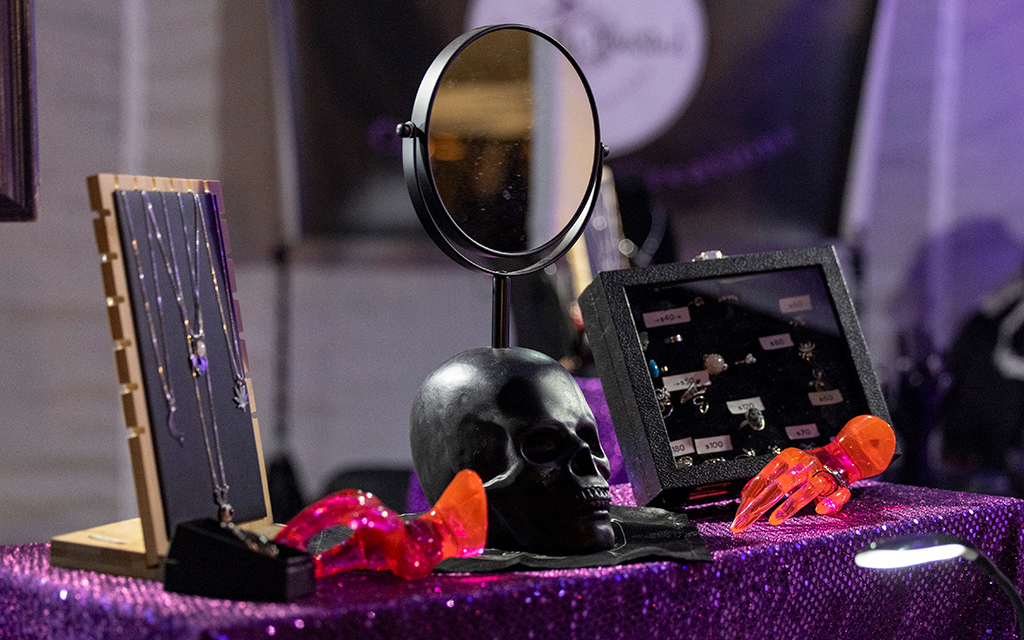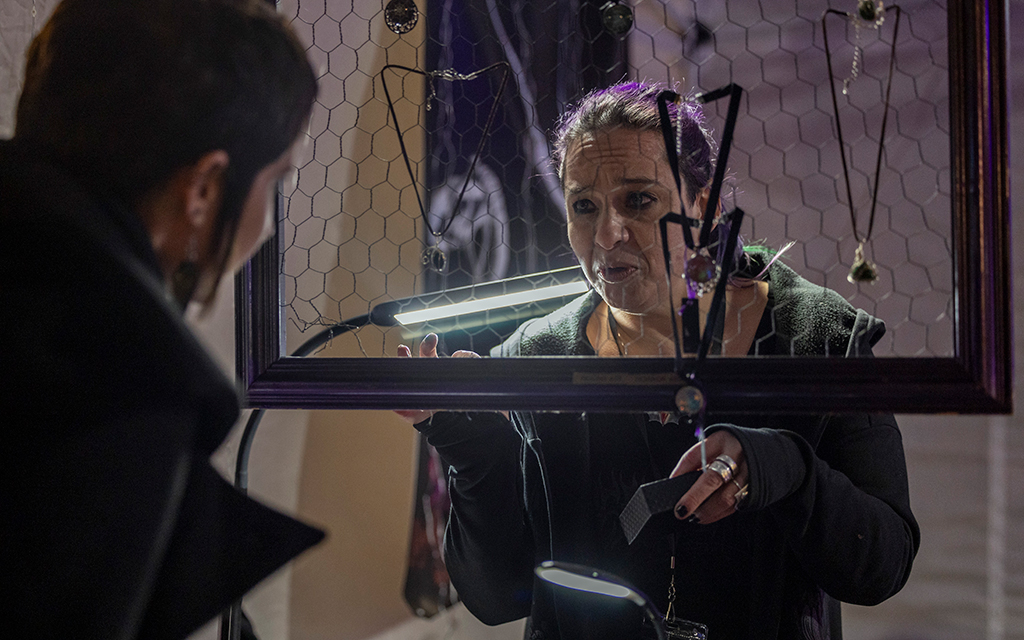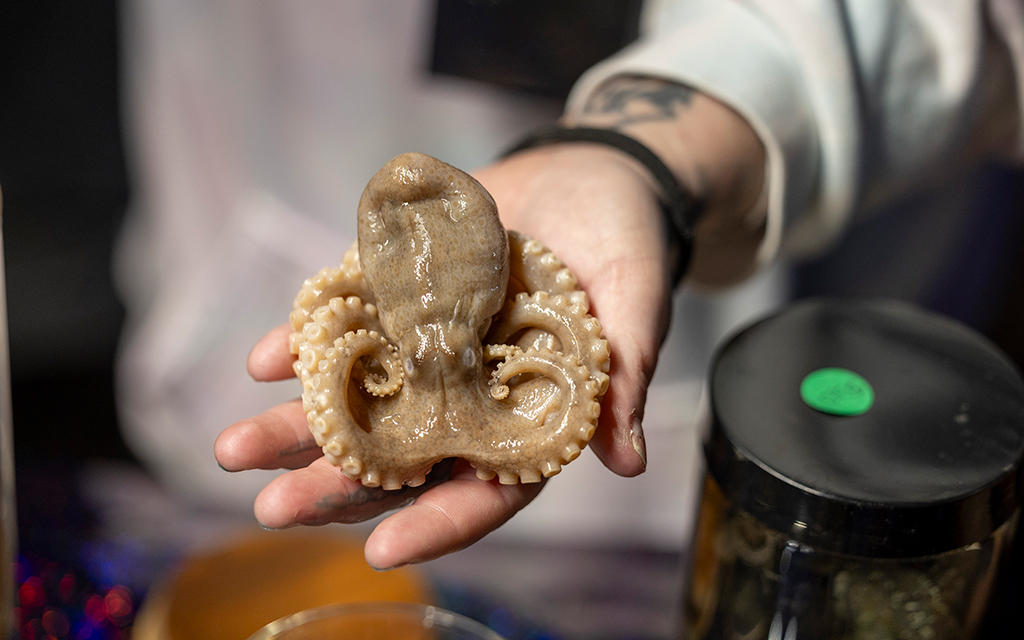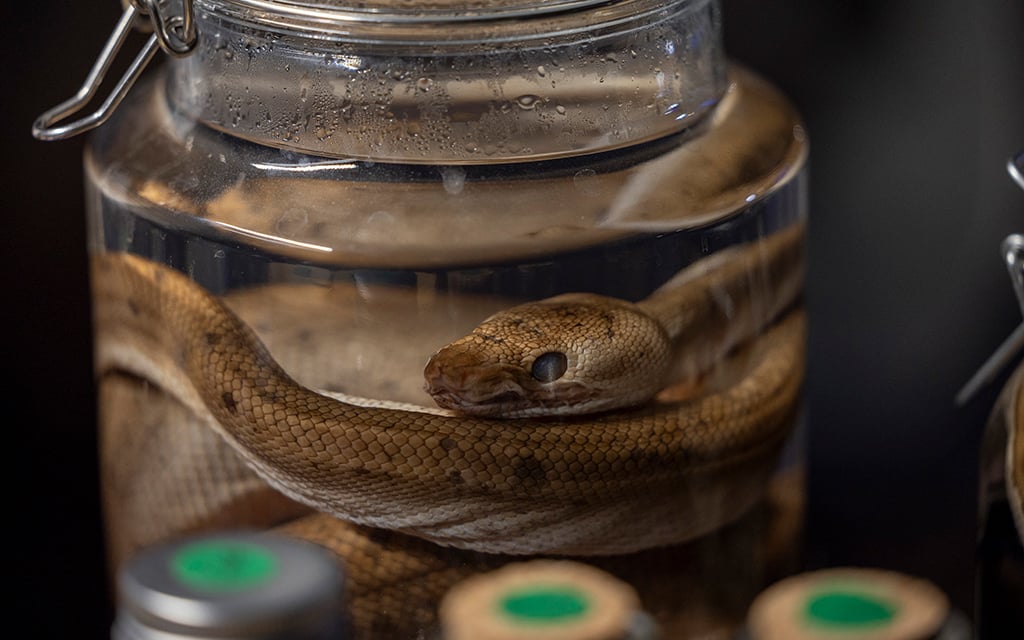‘You’re Goth, welcome to the club’: Arizona’s Goth scene is gaining prominence due to events, exposure
‘You’re Goth, welcome to the club’: Arizona’s Goth scene is gaining prominence due to events, exposure
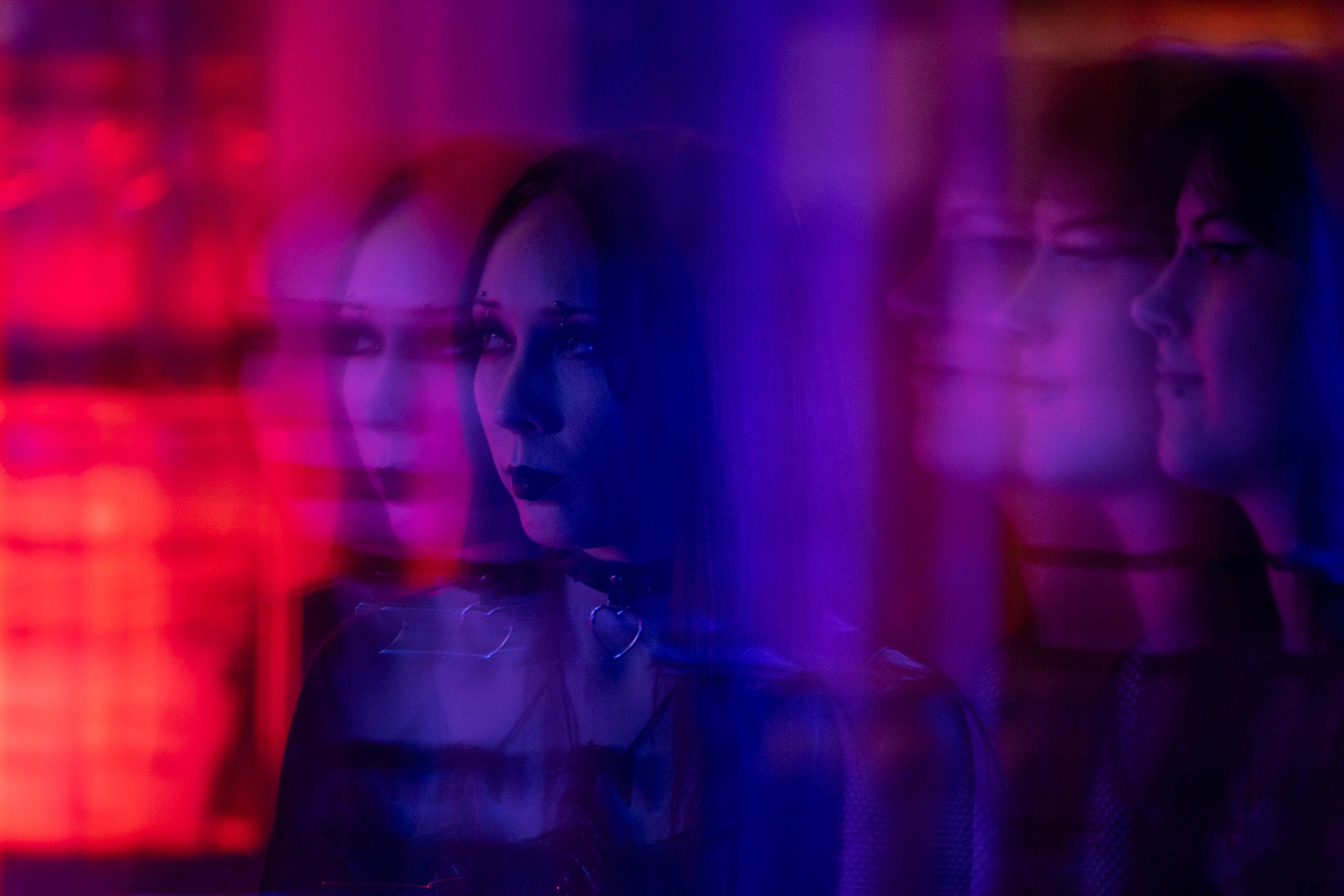
A patron at Stacy’s at Melrose who identified herself as Vivian Orbweaver, left, first became active in the Goth scene two years ago, and since then has found her place. Orbweaver said she “knew I was Goth because I felt it deep in my bones and couldn’t deny it.” (Photo by Sam Ballesteros/Cronkite News)
